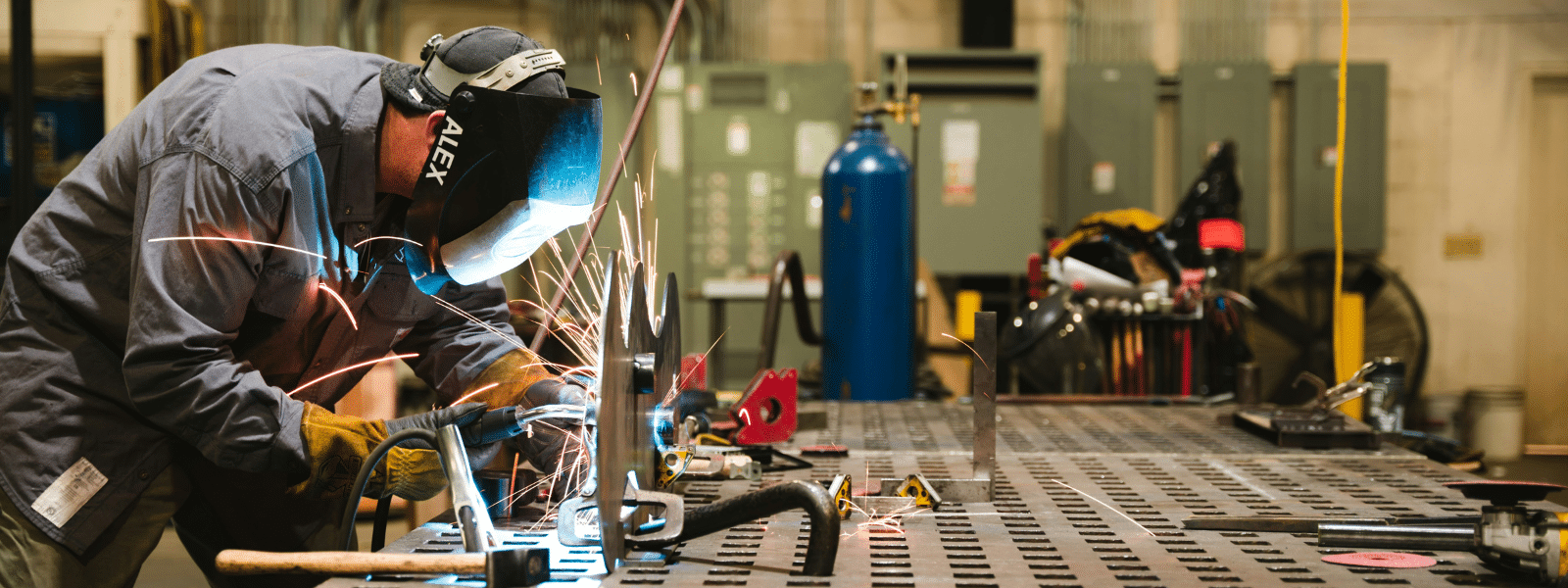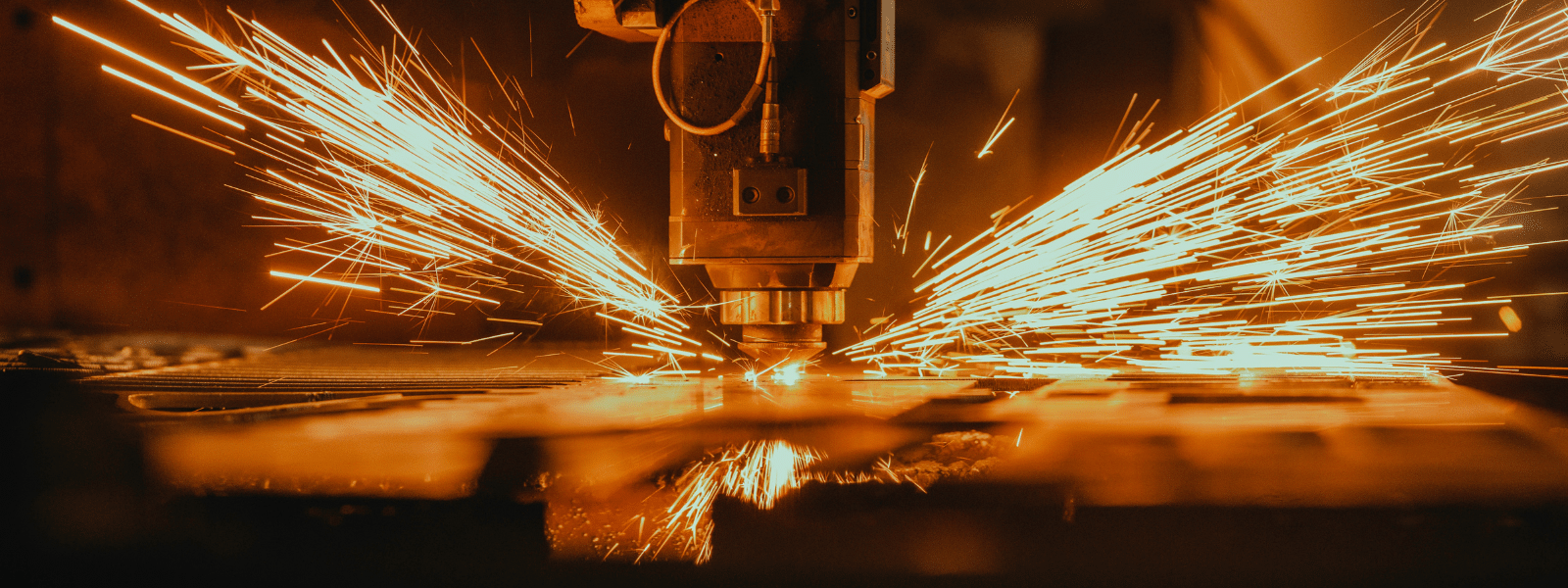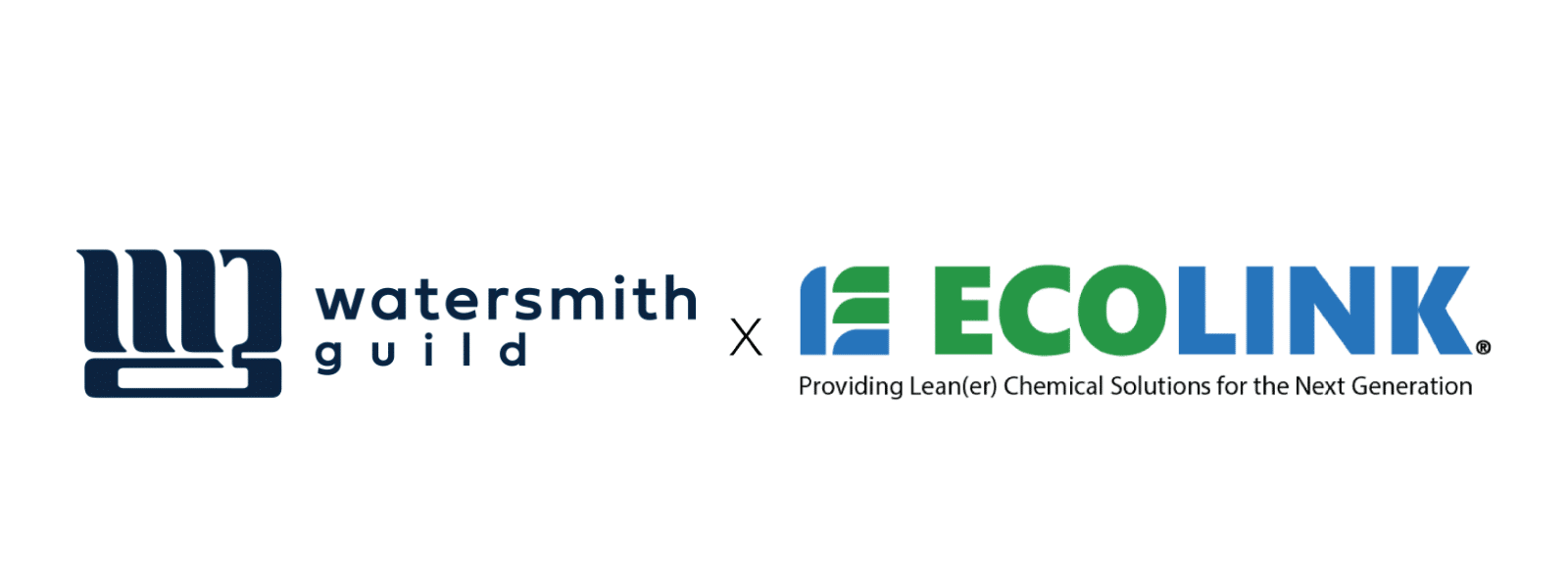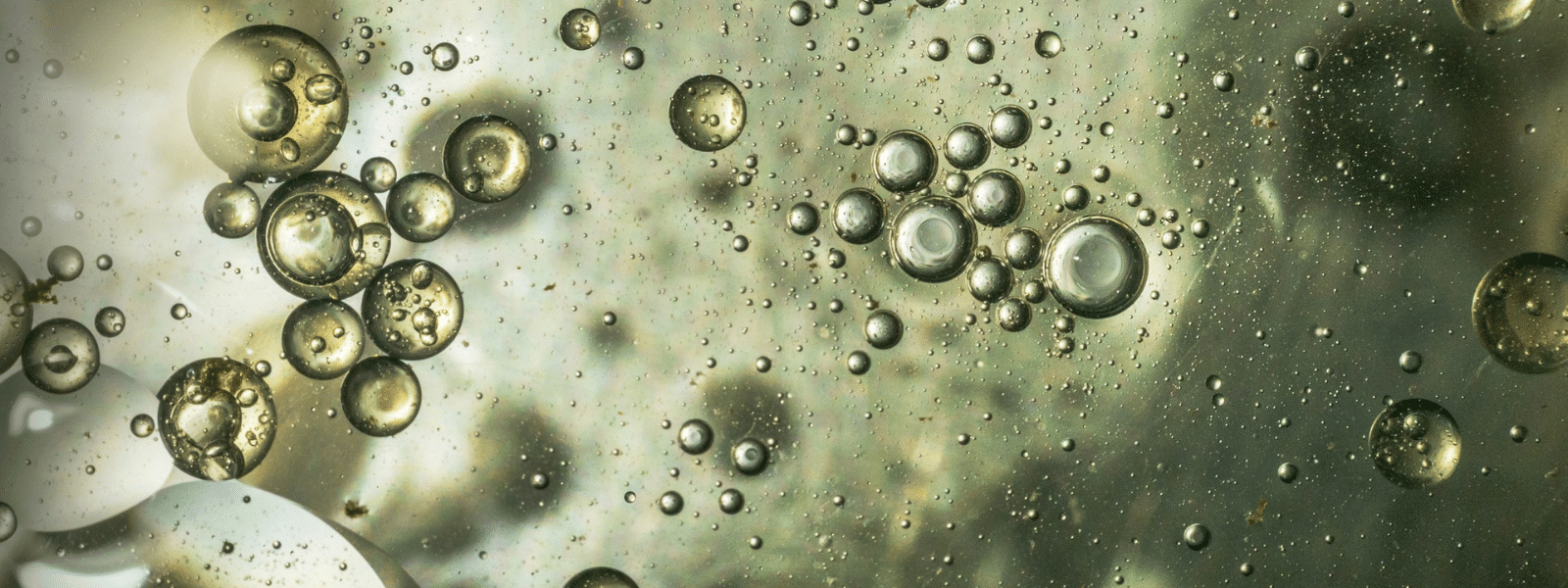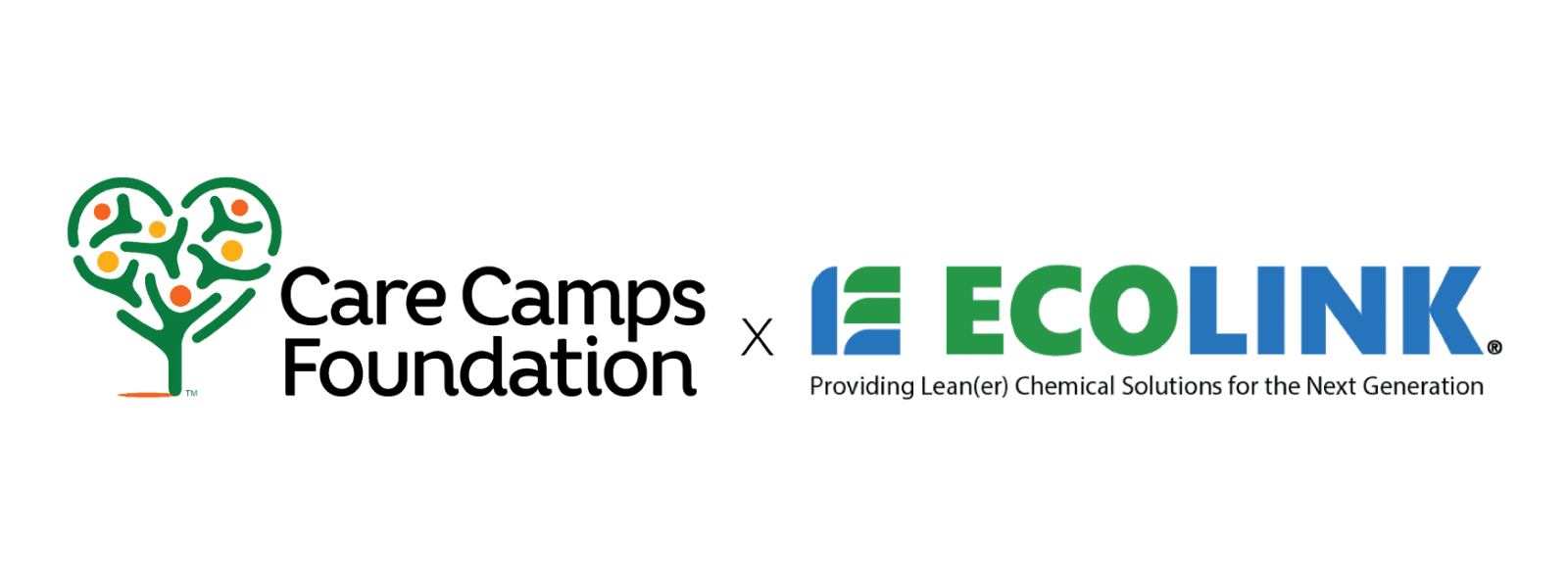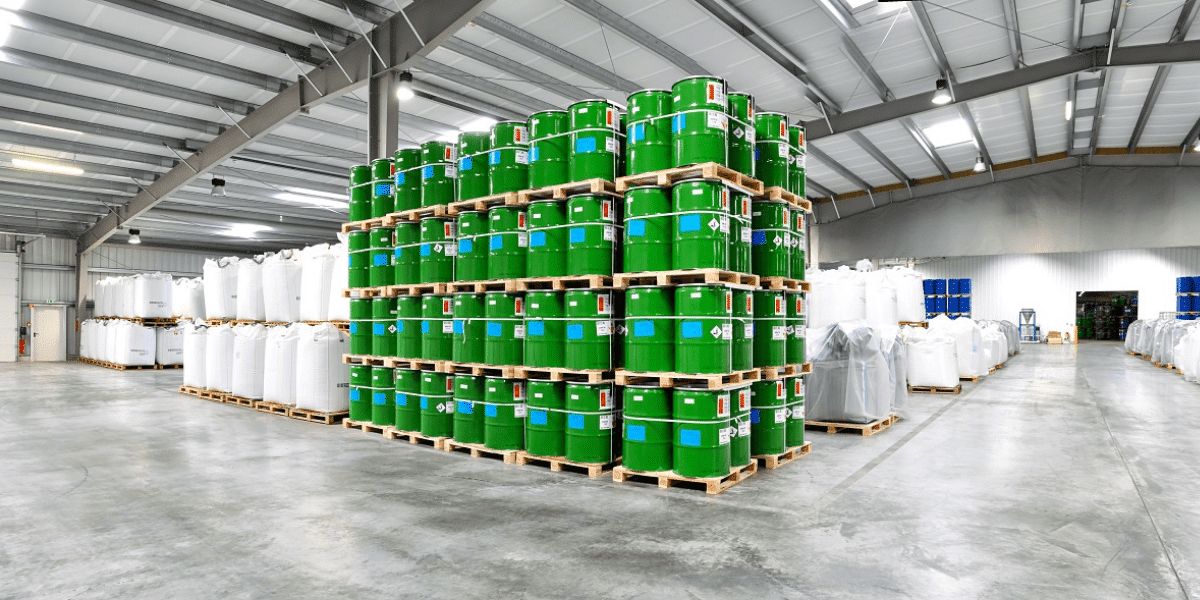The manufacturing industry is one of the biggest and most influential industries in the United States. Employment rates and economic value has been on a steady incline for years. Despite the massive success of this industry, the number of women in manufacturing remains extremely low—less than 30% of the 10+ million people in this industry are women. Figure One (Plex Team) below gives insight into the trends of women in the manufacturing industry. With this in mind, the question arises: Why aren’t more women in manufacturing?
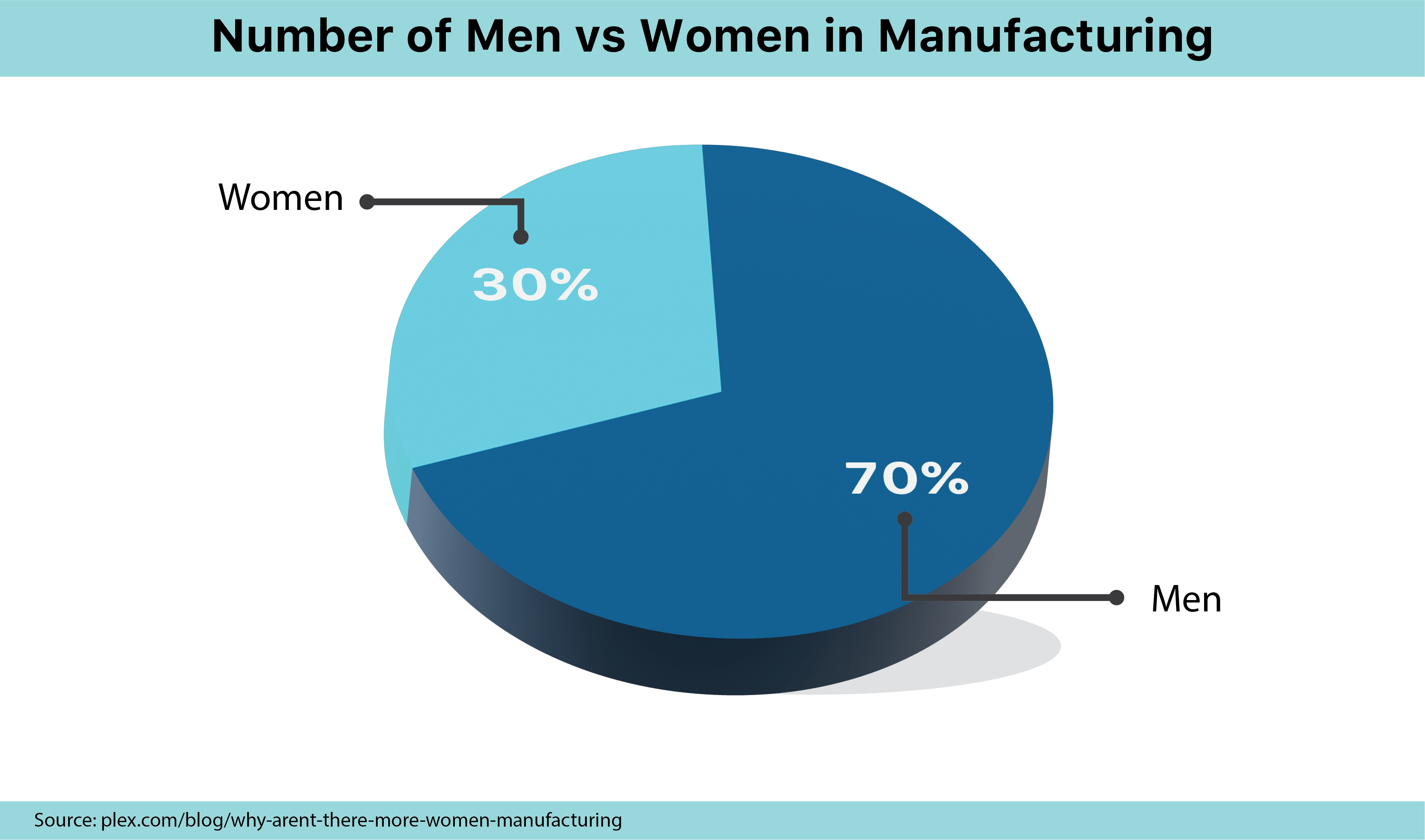
Figure 1: Men Versus Women In Manufacturing (Plex Team)
Main Reasons Why There Aren’t More Women in Manufacturing
Reason #1 – Outdated Stereotypes
One of the primary reasons that females tend to avoid mass-product careers is because of old, outdated stereotypes that push the idea that females aren’t suited to work in such industries. Fields like engineering and technology are historically dominated by men because men are responsible for a large portion of the development of these industries; after all, females were not allowed to pursue such careers for many centuries.
Reason #2 – Public Perception
Another reason for the lack of women in manufacturing is the public perception of this industry. There is a notion that warehouse and distribution jobs are…
- repetitive and monotonous
- require high levels of physical strength
- don’t require a high level of skills
However, there are a lot of positions that require highly skilled people, sometimes requiring higher education in manufacturing-related fields. Mass-production related jobs also don’t have to be physical labor or directly involved with the creation or production process—the modern production process means that they can involve collaborating with a team of scientists or engineers, working on the board of a company, working on processes through computers or automation, etc.
Reason #3 – Gender Wage Gap
A well-known issue across many industries, not just manufacturing, is the pay gap between men and women. Research by the International Trade Union Confederation has shown that females globally are paid about 18 percent less than their male counterparts in the manufacturing industry, even though both genders do the exact same work, putting this industry in the top five industries with the highest global pay gaps. Understandably, information like this is going to prevent female workers from being drawn to this male-headed industry.
Reason #4 – Male Recruitment
Additionally, manufacturing jobs are typically marketed to appear to men rather than women. This is in part due to the lasting stereotypes and assumptions that females are either not fit for mass-production and distribution jobs, or don’t have an interest in it. However, in recent years, many companies, in an attempt to fill empty jobs, have focused more resources on attracting female candidates, especially through outreach programs at schools.
The Future for Women in Manufacturing
Overall, women in manufacturing are extremely underrepresented in our current society. Thankfully, things are starting to change, and companies are integrating policies to make work schedules more flexible for those with children, and new research is continuously coming out to support that having an employee base with an equal mix of each gender promotes company success. As female workers are increasingly supported in the industry and encouraged to participate, the number of women in manufacturing will continue to increase. Figure two (McKinsey, 2021) below displays employee satisfaction based on a mix of genders.
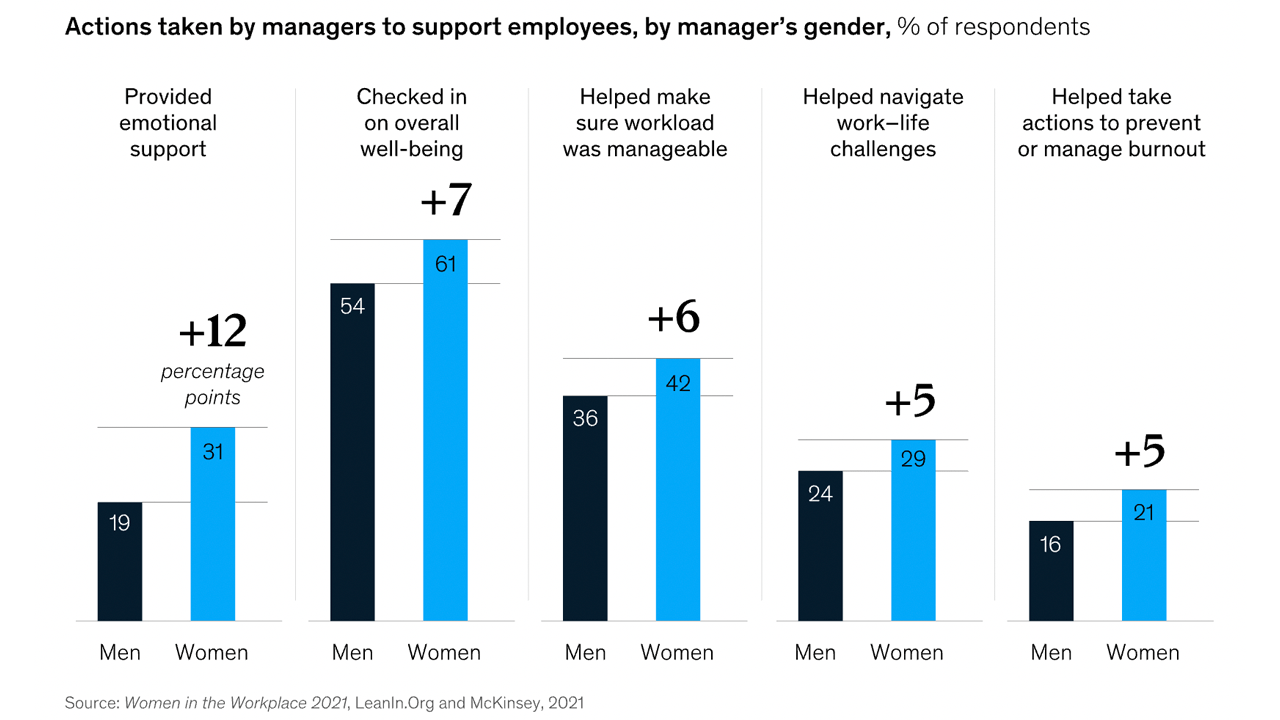
Figure 2: Supporting Employees Based on Gender (McKinsey, 2021)
But gender equality isn’t just about fair wages and basic rights in the workplace—it encompasses a larger fight to fix several gender imbalances. One of those being the health and wellness of female workers. In the few occupations predominantly headed by females, there is an increased risk for toxic chemical exposure, and thus, irreversible consequences to one’s physical health. Click here to read Ecolink’s blog, History of Women’s Chemical Exposure to Household Chemicals, to learn more about this lesser-known issue swept under the rug all too often.
Benefits of Hiring Women in Chemical Manufacturing?
The manufacturing industry is by no means a female-led industry, but neither is the chemical industry. However, companies are beginning to see the benefits of hiring women in chemical manufacturing in every step of the chemical creation and distribution process. While females may be outnumbered in chemical manufacturing, there is an increase in opportunities for them to close the gender gap in the coming years
What Is Chemical Manufacturing?
Chemical manufacturing refers to the creation of products through the transformation of various types of raw materials. These products are either categorized as specialty or commodity chemicals. Whichever category they fall into, these synthetic products are needed in just about every business there is. From cleaning supplies to laboratory products, chemicals are an essential part of daily life for everyone in some way.
According to the Environmental Protection Agency (EPA), there are over 15,000 chemical warehouses, labs, and other facilities across the United States that help contribute to over $555,000,000,000 to the economy each year. Figure 3 (EPA, 2019) below shows the distribution of types of industries involved with growing the economy. With numbers like these, this industry remains one of the most lucrative businesses in the world where employees in every area of the supply chain remain in high demand.
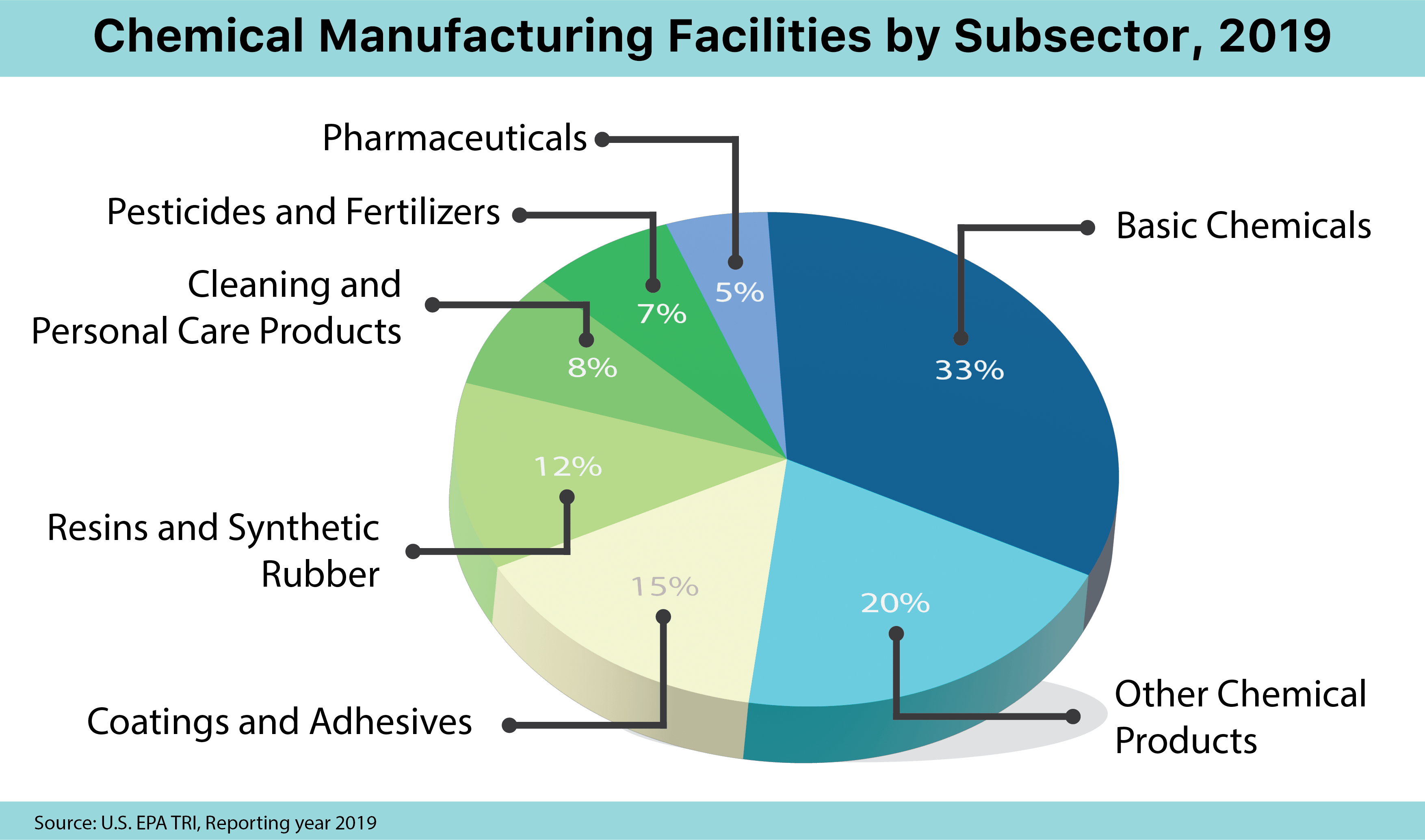
Figured 3: Facilities by Subsector (EPA, 2019)
But as of 2019, only about 6% of the global workforce in this booming field consists of females. With the rise in awareness for gender diversity and equality, there is plenty of room for development and a growing opportunity for women in chemical manufacturing.
Benefits of Hiring Women Employees & Leaders
There are a plethora of reasons why all companies should hire more female employees and leaders in all facets of the workplace. Not only do a growing amount of customers and partners support businesses with modern values and inclusivity, but hiring female employees and leaders has an abundance of benefits behind the scenes. Here are just a few of the top benefits of hiring women in chemical manufacturing:
- Attract younger workers with an inclusive culture?
- Help boost productivity levels?
- Strong communication, negotiation, and analytical skills?
- Fresh outlook?
- Stronger team spirit and group effort?
Females Are the Future
Want to learn more about women in manufacturing, the benefits of hiring women, and their impact on the chemical industry?
Ecolink believes in the importance of educating others about the history of women’s involvement in the chemical industry in order to shine a light on the necessity of females in workplaces predominantly headed by men. Our team has put together a collection of blogs discussing the past, present, and future of women and chemicals. Start by reading Ecolink’s blog, History of Women Cosmetic Scientists, to learn about the legacy of female chemists through their memorable work that impacted not only the chemical industry but the world.
Ecolink Community: Future Female Artists
Interested in more in the Ecolink Community? Ecolink would also like to happily announce the Ecolink Future Female Artists Collection! This week we are highlighting artists Katie Bushur with her self-titled “Self-Portrait” and Maddy Pelissero with her “The Future is Female” artwork. You can check out more of their work by clicking their names and viewing their featured art below!

Self-Portrait, 2021. Oil on canvas. 36×48 (Katie Bushur, 2021)

The Future is Female, 2022. Digital Art. (Maddy Pelissero, 2022)






